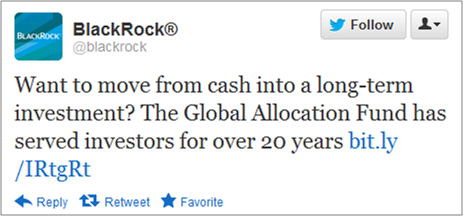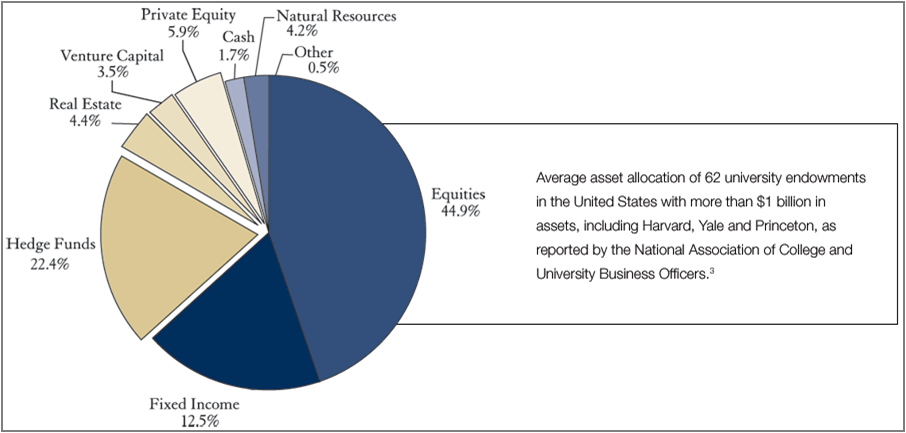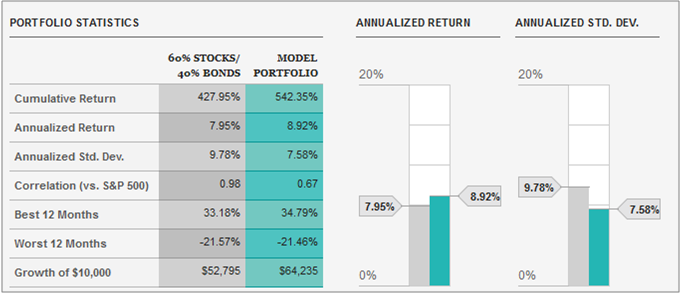Your CEO is Not Using Social Media? No Problem
Over at Fast Company, HootSuite CEO Ryan Holmes tosses out another in the endless line of arguments about how companies aren’t using social media effectively. The points he makes are generally fine. Two of the central tenets have been, are, and will remain true for a long time:
- Social media is a huge opportunity for corporations and will significantly impact the bottom line
- We have a long way to go before these benefits are even close to fully-realized
People get it. Even skeptics understand there’s real opportunity. But it all takes time. After all, the same two ideas above still hold true for “old” technologies like e-mail, CRM tools, and (gasp) Web sites. If Mr. Holmes is up for it, he’ll be able to recycle his article a few years from now and probably not have to change much of anything.
Still, I have an issue with the starting point of Mr. Holmes’ argument. If you didn’t click through to the article, it begins with the following:
On June 6, Larry Ellison–CEO of Oracle, one of the largest and most advanced computer technology corporations in the world–tweeted for the very first time. In doing so, he joined a club that remains surprisingly elite. Among CEOs of the world’s Fortune 500 companies, a mere 20 have Twitter accounts. Ellison, by the way, hasn’t tweeted since.
Mr. Holmes is making the point that big-time CEOs don’t get social media because only 20 have Twitter accounts. There are two big problems with this:
- A Lack of Usage Does Not Equal a Lack of Understanding. There are thousands of CEOs who know relatively little about finance, or marketing, or operations. This doesn’t mean that they don’t realize they are important to their organizations.
- Social Media Needs to be Genuine. There’s no point to a social media presence unless you truly care about it. If Larry Ellison and 480 other Fortune 500 CEOs aren’t huge Twitter fans, they’re better off not having Twitter accounts. And if they give it a shot and it doesn’t take, that’s fine, too.
Corporate executives typically have good reasons for doing or not doing social media at this point. They get it. They just might choose not do it.











